See paintings differently
#MAGfiction is series of very short stories inspired by the paintings in our collection, from Patrick, one of our Visitor Services team.
#MAGfiction is series of very short stories inspired by the paintings in our collection, from Patrick, one of our Visitor Services team.
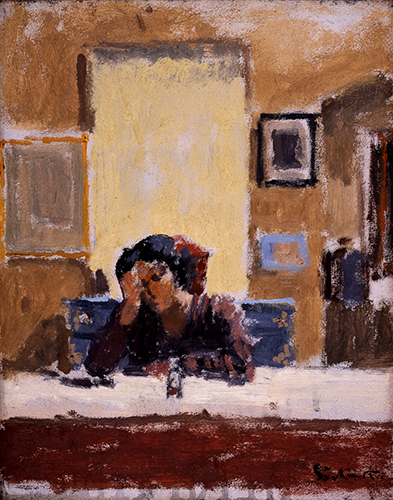
She groaned in frustration. Damn modern technology. She wished she’d kept the old one. But no, everything was ‘digital’ this and ‘cloud’ that these days. She suspected her step-daughter of fiddling with the settings. She sighed and asked the question again. “Mirror, mirror on the wall, who is the fairest of them all?” But the answer was the same; a baleful white system window that read, “Unable to check for update. An error occurred in Mirror OS 6.0.9. Cancel / Try Again.”
Words © Patrick Kelleher in response to The Mirror, by Walter Sickert
Currently on display on the Balcony.
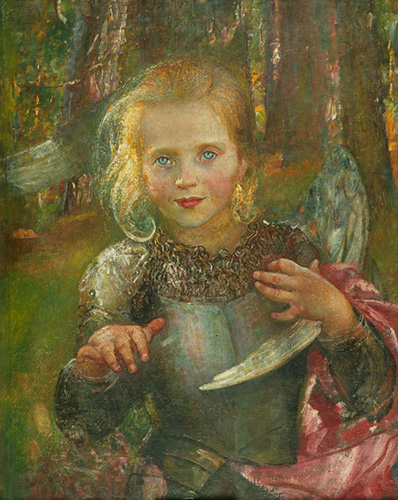
The sunlit garden. Giggles, squeals of delight as Izzy ran round chasing bubbles then, running up to him, her face in close-up, beaming with happiness, “Come on, Daddy, play with me!” she begged. The clip looped. Giggles, squeals, close-up, “Come on, Daddy, play with me!” He paused the video as the image blurred through his tears. She would have been eight today.
Words © Patrick Kelleher in response to Illusions, by Annie Louisa Swynnerton
Currently on display in Gallery 10.
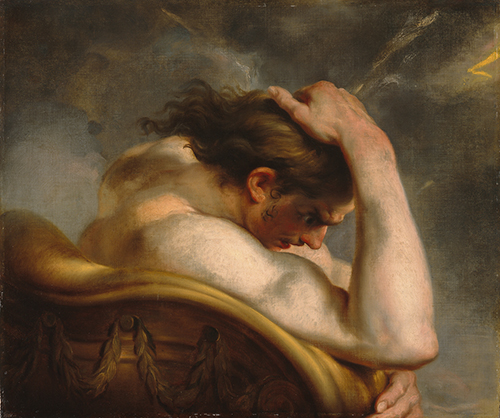
He’d taken his dad’s prized possession for a joyride. Now the sports car was wrapped round a tree; a right off. Sat in the back of the police cruiser, he assumed his father’s name and money would make the charges disappear. The discovery, by the police, of his mother’s body in the boot came as a shock.
Words © Patrick Kelleher in response to Phaeton, by William Hilton II
Currently on display in Gallery 4.
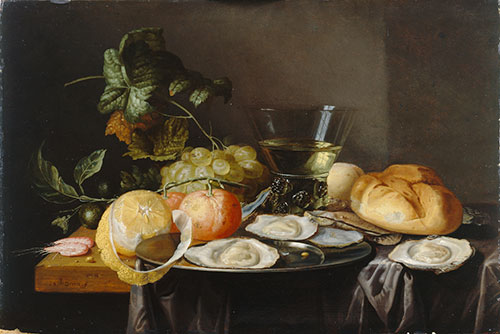
#hotdate #restaurant #class #datass #jimmychoos #igotthis #doyoutakeoystercard #oysteralacarte #foodporn #nom #eatingfortheinsta #badfood #fromnomtovom #barf #jimmyspews #awkward #taxihomealone #morningafterthenightbefore #hangover #whatdidido #hairofthedog #paracetemol #detagging #youaintseenmeright #neveragain
Words © Patrick Kelleher in response to Still Life: Fruit and Oysters on a Table, by Jan Davidsz. de Heem (attributed to)
Currently on display in Gallery 14.
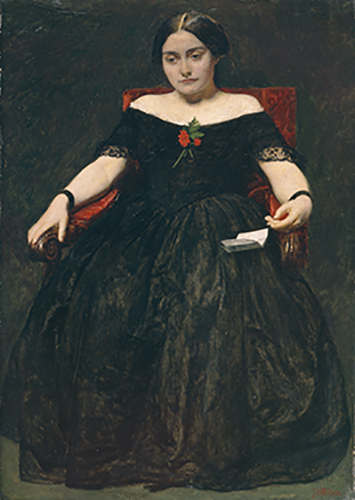
The dark handsome stranger, the mansion, the parties, the life of luxury and security; she had lost it all. The paper in her hands was incontrovertible proof of that. She had chosen unwisely and paid the price. Silently, she mourned the loss. Not one of her lottery numbers had come up, and it had been a roll-over weekend, too. Still, there was always next week.
Words © Patrick Kelleher in response to Wandering Thoughts, by John Everett Millais
Currently on display in Gallery 7.
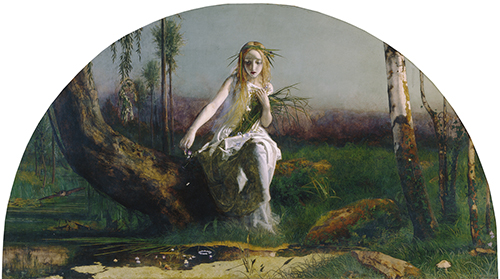
“But mother, why?” the Princess protested. “For the future of the kingdom,” the Queen replied. “Now pull yourself together and act like a princess. The sooner you get started, the better.” The princess sighed. She sat down by the pond, a look of disgust curdling her face and, one by one, began to kiss the frogs.
Words © Patrick Kelleher in response to Ophelia by Arthur Hughes, 1852
Not currently on display.
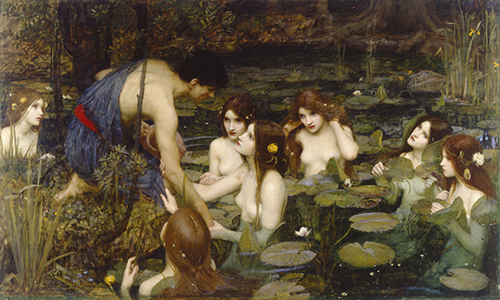
The young women splashed about, squealing. High spirits, the lifeguard thought, until someone complained. He called the women over to the side. “What have we done?” they asked. “Well,” he said, a little flustered, “there’s a chemical in the swimming pool that turns green when you pee in it so, as you can see, I’m going to have to ask you lot to leave.”
Words © Patrick Kelleher in response to Hylas and the Nymphs by John William Waterhouse, 1896
Currently on display in Gallery 10.
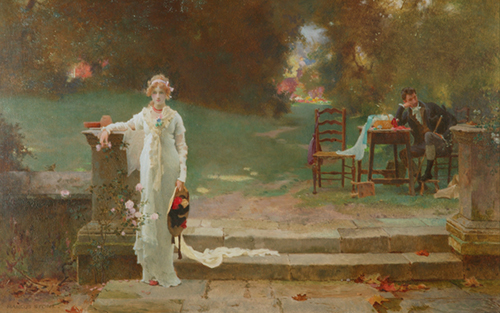
Mister Hampton was a fellow of moderate income and, in every aspect, acceptable to Polite Society. Miss Lamb’s father approved the match. Now engaged, Christian names were allowed. Miss Lamb, Harriet, however, foresaw a shadow of ruination. “I could never marry anyone whose first name was Dwayne,” she said with a hint of pride and prejudice.
Words © Patrick Kelleher in response to A Passing Cloud by Marcus Stone, 1891
Currently on display on the balcony.

The woodcutter and his daughter were collecting firewood for winter. He wouldn’t let her accompany him into the forest. “It’s too dangerous,” he said. “Wait here. I won’t be long.” She waited patiently for hours, but he didn’t return. A howl rose from the trees. The wolf, too, needed winter fuel.
Words © Patrick Kelleher in response to Winter Fuel John Everett Millais, 1873
Not currently on display.